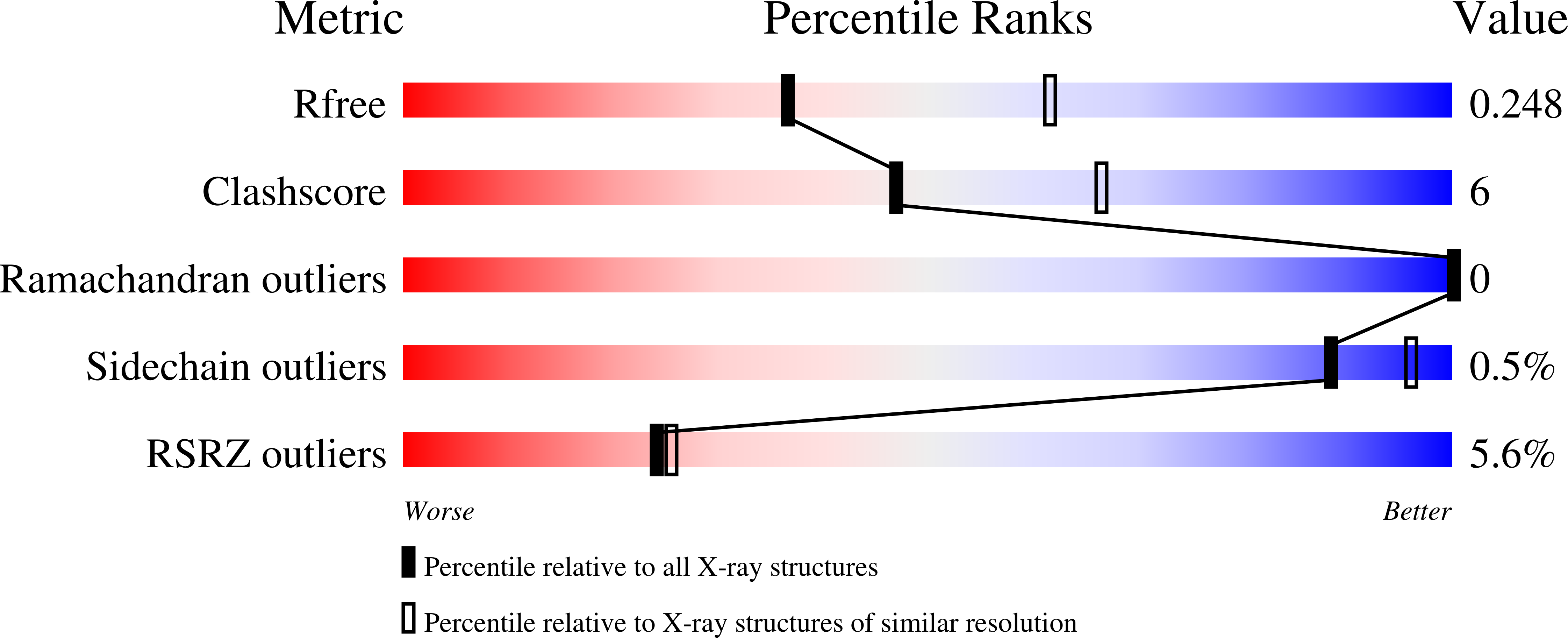
Deposition Date
2023-05-30
Release Date
2023-09-27
Last Version Date
2023-09-27
Entry Detail
PDB ID:
8SZO
Keywords:
Title:
Canavalia villosa lectin in complex with alpha-methyl-mannoside
Biological Source:
Source Organism:
Canavalia villosa (Taxon ID: 1048255)
Method Details:
Experimental Method:
Resolution:
2.50 Å
R-Value Free:
0.24
R-Value Work:
0.18
R-Value Observed:
0.18
Space Group:
I 2 2 2


